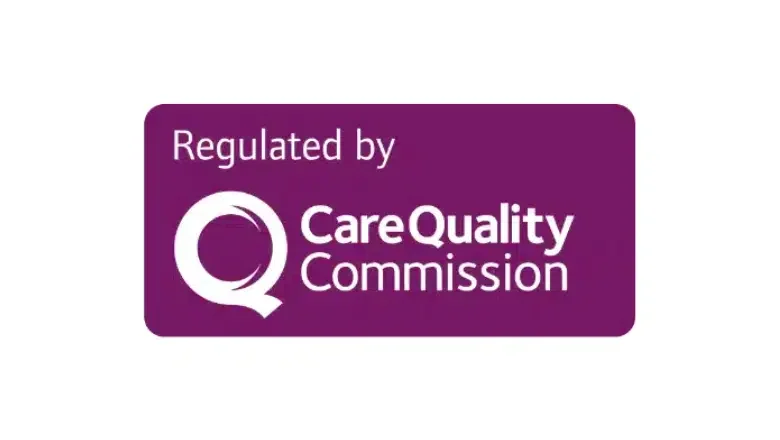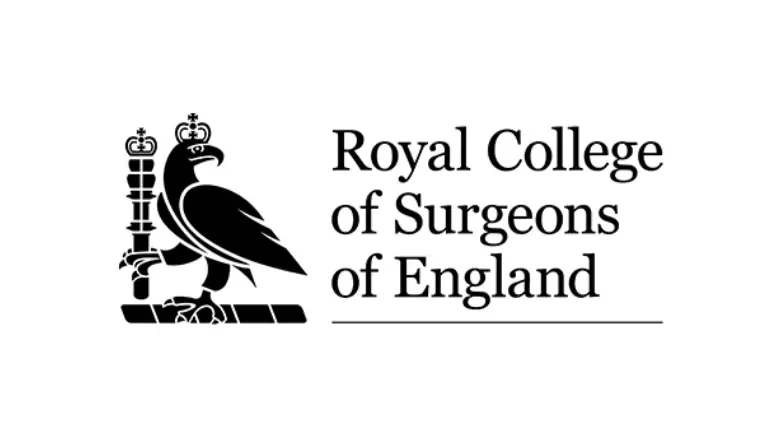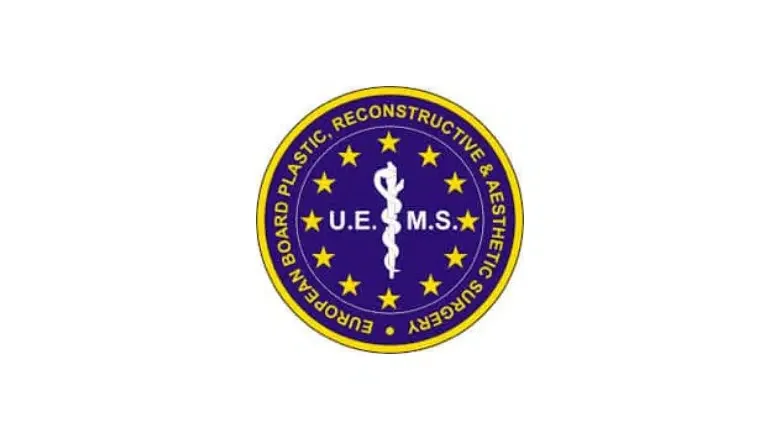Facelift surgery is one of the most effective procedures for addressing the signs of facial ageing. When considering the pros and cons of a facelift, it is important to be aware of the recovery period after a facelift and the potential impact on your ability to exercise. It’s important to avoid vigorous types of exercise for the first six weeks after having a facelift, as they may slow down the healing process and affect the results of your surgery.
RELATED: Facelift Recovery – top tips
It is important to plan for plenty of rest to ensure you have a smooth recovery after facelift surgery. You should take at least two weeks off work to allow your body to recover in the best way possible. Your surgeon will give you comprehensive post-operative after-care instructions, which you should read and understand before having a facelift. Our surgeons are experienced in all types of facelift surgery, and you can ask to view before and after photos of facelift surgery during your in-person consultation.
When is the best time to start exercising after a facelift?
We would recommend you take two weeks off work and refrain from carrying out any vigorous physical activity. You should avoid most types of heavy exercise until your surgeon has reviewed you. Many patients have a physically active lifestyle and may find it difficult to resist the temptation to work out at the gym soon after surgery. Doing so may increase the risk of complications developing after facelift surgery. Excessive physical exercise can place undue stress on your facelift incisions, which may result in wound breakdown and subsequent excessive scarring. You should also avoid lifting heavy weights as this could lead to the incisions opening up, which increases the risk of wound infection and excessive bleeding. These facelift complications can be minimised by listening to your body and gradually building up your exercise levels over the first six weeks.
RELATED: Face Lift For Men
Recommendations for safe exercise after facelift surgery
Once you have had your consultation, you will receive detailed information on what to expect at each phase of recovery after facelift surgery and what types of exercise you may safely resume. It is vital to follow the recommendations given to you by your surgeon. Every patient will heal at different rates depending on the type of facelift and their underlying state of health. Listening to your body and your surgeon gives you the best possible chance of achieving fantastic facelift results.
First three days after surgery
It is normal to feel slightly sore and tender at the surgical sites during this early period after facelift surgery. You should take your prescribed medications as directed by your surgeon to minimise any pain and discomfort. Bruising and swelling are normal responses to any surgical procedure, and you will not be able to see the results so soon after surgery.
You should remain patient and ensure you have a friend or family member to help you during the first few days after surgery. Avoid any excessive physical exertion and focus on keeping mobile around the home. This is a key period to get plenty of rest as he will feel tired after surgery. You should avoid walking around the house for more than a couple of hours and maintain your head elevated when lying in bed. The first three days after surgery should be as relaxed as possible to avoid potential complications such as a haematoma after facelift surgery.
First three weeks after surgery
Most patients find they no longer need to take painkiller medications by the end of week one and start to feel much better. Vigorous physical exertion should still be avoided, although many types of light activities around the home can be restarted. The best sleeping position after a facelift is with your head on a couple of pillows to minimise post-operative swelling, which helps speed up the recovery process.
Walking around the house for up to 30 minutes at a time is highly recommended to improve blood circulation, which helps to minimise the risk of blood clots. Once two weeks have passed, most activities of daily living around the home can be recommenced. Yoga and Pilates exercises can occur after three weeks, but you should check with your surgeon first. It would be best if you refrained from lifting heavy items as this can increase the stress on your surgical incision, which can lead to them opening up.
Four weeks after surgery
Many post-operative symptoms will disappear by four weeks after surgery. Patients can commence most of their daily activities, although you should always listen to your body. If you feel excessive pain or discomfort, you should immediately stop what you are doing. If you feel excessively tired, take time out and rest. Most post-operative bruising and swelling will have disappeared in four weeks, and you may be able to see the initial results of your facelift procedure. Numbness or tingling may persist, a normal side-effect of facelift surgery. Certain types of light cardiovascular exercise, such as walks in the park or jogging on the treadmill, can be carried out gently. Cycling can also be restarted if it does not involve excessively long distances or up steep hills. You should focus on maintaining a slow and steady pace and build up gradually as you recover from the effects of surgery.
Six weeks after surgery
Bruising, swelling and any numbness in the face will begin to improve, and most patients can now return to the gym to restart exercise gradually. Your surgeon will review you six weeks after surgery and will be able to advise you on what forms of exercise you may safely carry out. If your healing progresses slower than predicted, you may be asked to avoid certain types of exercise for longer. This is until you have recovered sufficiently so that exercise has no ill effects on your facelift surgery results. Most patients can carry out virtually any type of exercise subject to the approval of their surgeon. If there is any doubt, consult your plastic surgeon first to get clearance. When you begin gym exercises, avoid pushing yourself too hard to prevent any complications from occurring. You should set easily achievable goals and build up gradually as your strength and stamina improve instead of carrying out heroic workouts from the outset.
What are the best forms of exercise after having a facelift?
The following types of exercise may be safely carried out provided your surgeon has cleared you after a clinical assessment.
Walking
Walking is probably the most effective form of exercise after having facelift surgery as it improves blood circulation and helps to prevent the risk of deep vein thrombosis. Many patients develop an increase in energy levels. It would be best if you initially started slowly and for shorter periods before gradually building up incrementally over the first three weeks.
Cycling
Cycling can be safely carried out four weeks after surgery or on a road bike or a fixed bike. It would be best if you avoided long distances and excessively steep gradients until you have recovered sufficiently. You should take plenty of rest breaks, and if you feel excessively tired, you should stop and start again on another day.
Yoga
Gentle yoga exercises are an excellent way to optimise recovery after facelift surgery. They will help boost an overall sense of well-being and reduce stress levels. Avoid any yoga movements that place excessive stress on your incision lines; otherwise, there is a higher risk of wound breakdown, leading to excessive scarring. Yoga can be safely restarted approximately four weeks after facelift surgery.
Pilates
Pilates can be carried out four weeks after surgery and is excellent for strengthening the abdominal muscles without lifting heavy weights. As with other types of exercise, you should build up gradually and listen to your body by avoiding doing too much too soon.
Exercising after facelift surgery FAQs
How soon can I exercise after a facelift?
Most types of exercise can be restarted approximately six weeks after a facelift, provided your surgeon has examined you beforehand. Walking is an excellent initial exercise during the first few weeks after surgery. Yoga, Pilates and cycling can be carried out after four weeks. If in doubt, always check with your surgeon before starting a new exercise routine.
Why is it important to avoid strenuous exercise too early after a facelift?
Carrying out vigorous exercise too early after facelift surgery can place significant stress on the incision lines, which could lead to excessive swelling and bruising and the formation of a haematoma. In some cases, the wound may break down fully, leading to serious medical complications and eventual excessive scarring.
What are the risks of exercising too soon after a facelift?
Exercising too soon after a facelift may increase the risk of wound infection, prolonged swelling and bleeding, which may require corrective surgery. The recovery period can be lengthened when patients excessively exercise too early after surgery.
When can I exercise after a mini facelift?
You should take adequate time to rest during the first three days after a mini facelift. After this time, it is recommended to go on short walks around the home, with most patients being able to carry out full exercise six weeks after a mini facelift.
How long should I wear the facelift compression garment?
The compression garment for a facelift should be worn continuously for a minimum of two weeks, followed by wearing it during the day for the next two weeks. It can be taken off if you wish to shower or go out in public.
When can I go for a walk after a facelift?
You can go for short walks three days after facelift surgery, but you should not walk for more than 30 minutes at a time and should focus on building up walking distances slowly over the first three weeks to minimise the risk of complications.
When can I fly after having facelift surgery?
You should check with your surgeon before you plan to fly. Most patients can safely go on short-distance flights approximately three days after facelift surgery. Long-haul flights may require a lengthy downtime, and you should check with your surgeon when it is safe to do so.
Why choose Centre for Surgery for facelift surgery in London?
Centre for Surgery is the leading cosmetic surgery clinic in the UK and is home to some of the most experienced facelift surgeons in London. Our surgeons have expertise in the full range of facelift techniques, including traditional facelifts, deep plane facelifts, mini facelifts and one stitch facelifts. Our team of friendly and knowledgeable patient coordinators are ready to act as your personal point of contact throughout your journey with us at Centre for Surgery. Call us today on 020 7993 4849 or complete the contact form below to schedule an in-person consultation at our state-of-the-art Baker Street clinic in Marylebone.










